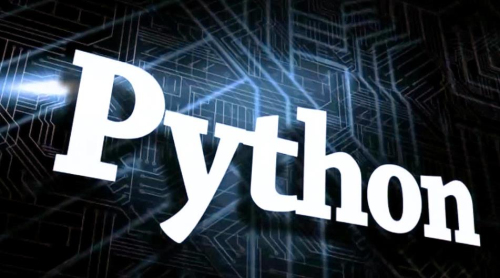JSON(JavaScript Object Notation)是一种轻量级的数据交换格式,易于人阅读和编写,也易于机器解析和生成。在Python中处理JSON数据是一个常见任务,尤其是在与Web API交互时。Python提供了内置的json模块来处理JSON数据。小编将介绍如何使用Python处理JSON数据,包括读取、解析、生成和写入JSON数据的基本操作。
1. Python的json模块
Python的json模块提供了处理JSON数据的基本方法,包括将Python对象编码为JSON格式以及将JSON格式的数据解码为Python对象。
导入json模块
import json
2. 将Python对象编码为JSON格式
Python提供了json.dumps()方法将Python对象转换为JSON格式的字符串。
import json
# Python对象
data = {
"name": "Alice",
"age": 30,
"is_student": False,
"courses": ["Math", "Science"],
"address": {
"street": "123 Main St",
"city": "Wonderland"
}
}
# 将Python对象转换为JSON字符串
json_str = json.dumps(data, indent=4)
print(json_str)
json.dumps():将Python对象转换为JSON字符串。
indent参数:用于美化JSON字符串的格式,指定缩进的空格数。
处理JSON编码时的注意事项
Python的None会被转换为null。
Python的True和False会被转换为true和false。
不支持的数据类型(如自定义对象)需要先转换为可序列化的类型。
# 自定义对象的处理
class Person:
def __init__(self, name, age):
self.name = name
self.age = age
person = Person("John", 25)
# 使用自定义的序列化函数
def person_encoder(obj):
if isinstance(obj, Person):
return {"name": obj.name, "age": obj.age}
raise TypeError(f"Type {obj.__class__.__name__} not serializable")
json_str = json.dumps(person, default=person_encoder, indent=4)
print(json_str)
3. 从JSON字符串解码为Python对象
使用json.loads()方法将JSON格式的字符串解析为Python对象。
import json
# JSON字符串
json_str = '''
{
"name": "Alice",
"age": 30,
"is_student": false,
"courses": ["Math", "Science"],
"address": {
"street": "123 Main St",
"city": "Wonderland"
}
}
'''
# 将JSON字符串解析为Python对象
data = json.loads(json_str)
print(data)
处理JSON解码时的注意事项
JSON字符串中的null会被转换为Python的None。
JSON字符串中的true和false会被转换为Python的True和False。
如果JSON数据格式不正确,json.loads()会引发JSONDecodeError异常。
import json
invalid_json_str = '{"name": "Alice", "age": 30,}'
try:
data = json.loads(invalid_json_str)
except json.JSONDecodeError as e:
print(f"JSONDecodeError: {e}")

4. 从文件读取和写入JSON数据
json模块还提供了用于从文件读取和写入JSON数据的方法,即json.load()和json.dump()。
将Python对象写入JSON文件
import json
data = {
"name": "Bob",
"age": 25,
"is_student": True,
"courses": ["History", "Literature"],
"address": {
"street": "456 Elm St",
"city": "Metropolis"
}
}
with open('data.json', 'w') as file:
json.dump(data, file, indent=4)
从JSON文件读取数据
import json
with open('data.json', 'r') as file:
data = json.load(file)
print(data)
5. 处理JSON与Python中的其他数据类型
Python中的某些数据类型在JSON中并没有直接对应的表示。例如,Python的set、tuple和complex类型。处理这些数据类型时需要特别注意。
转换set和tuple
set和tuple需要转换为list,因为JSON格式不支持这两种类型。
import json
data = {
"name": "Charlie",
"hobbies": {"reading", "sports"}, # set
"numbers": (1, 2, 3) # tuple
}
# 转换 set 和 tuple
data['hobbies'] = list(data['hobbies'])
data['numbers'] = list(data['numbers'])
json_str = json.dumps(data, indent=4)
print(json_str)
转换complex类型
complex类型需要转换为字符串或其他可序列化的表示形式。
import json
data = {
"name": "David",
"number": complex(2, 3) # complex number
}
# 转换 complex number
data['number'] = str(data['number'])
json_str = json.dumps(data, indent=4)
print(json_str)
处理JSON数据是Python开发中的常见任务,Python的json模块提供了强大的功能来方便地进行JSON数据的编码和解码。掌握json.dumps()、json.loads()、json.dump()和json.load()等基本方法,可以帮助你高效地处理JSON数据。对于更复杂的数据类型或特定场景,需要对数据进行适当的转换和处理。通过这些基本操作和技巧,你可以在Python中轻松地处理和交换JSON数据。